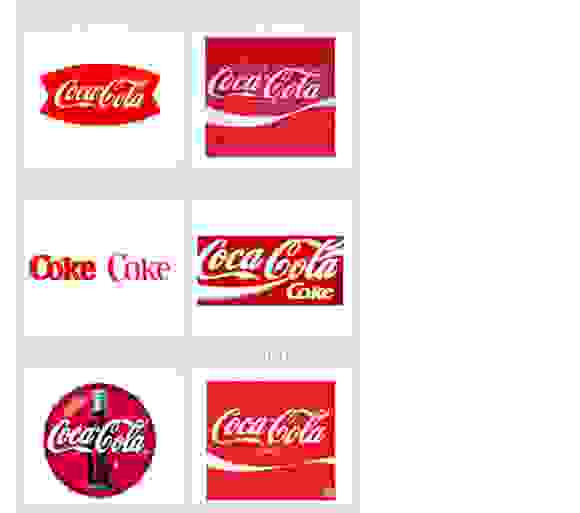Colour in business identity

Colour is one of the single most crucial elements when creating a brand. Understanding the importance and influence colour has on your branding project is key to producing a strong and cohesive identity. Colour initially conveys no meaning when it stands alone but connotes feelings and emotions that alter depending on culture, time, personal experience, gender etc. Colour plays a major role in our visual perception and therefore a fundamental grasp of colour perception in graphic and web design is critical in order to create a palette that evokes the right audience reaction.
Colour Association
Put simply, the colours on the warm end of the spectrum such as red, yellow etc. are said to be bold, uplifting and energetic, however the cooler side of the spectrum with its blues and greens are associated with stillness and subtlety. Colour enables us to make these associations, therefore altering our perception of a brand. When selecting a colour palette for your brand you are taking on these associations, and so the choice is vital to what your brand is trying to communicate. The colours you choose affect how customers feel when they look at it, but also on a practical level, it can determine how your brand stands out in the market.
Getting it right
To convey a simple message and differentiation it is important to select a colour palette that properly fits your strategic positioning. It is important to consider the tone and colour combination to successfully engage with your customers. If you picture a red can of cola or perhaps big yellow arches, in each instance, colour is the predominate element of identification and association with either brand, highlighting the profound impact this decision can have.
Target Audience
Who are the people you are appealing to and what is it that they care about? How do you encourage your audience to engage with your brand? Choosing a colour/colours that specifically anchors the meaning of your core values to your audience enables your brand to be distinguishable within the market and to stand out against the competition.
Building Trust
Brand consistency is a key factor in building trust and customer loyalty. It is important that your audience trusts your brand and that reliability in your product is communicated. If the colour and tone of the brand changes too frequently or it is inconsistent then it could damage the overall perception. By building one consistent brand image, you are able to create greater familiarity and strengthen your relationship with your customers in the market place. Therefore careful selection of your brands colours is key and should never be an attempt to indulge in trendiness, it is more than merely a subjective choice. The colours define the brands core values, enable greater awareness and support whilst strengthening its position. Colours help to give a brand its own personality, which helps to distinguish it amongst its alternatives.
Below is an example of the logo evolution of two very familiar brands: whilst they have gradually made alterations to the logo, the colours and therefore the overall brand have remained consisted. Making colour key to your brand means that designers are able to evolve the brand through changing times and trends without losing the connections that have been built up with the audience. This allows freedom and flexibility in the design without loss of core values and consistency. Therefore a brand colour palette should not be underestimated, and could end up representing your company or product for many years to come.
Coca Cola through the years

Current Coca Cola logo

Shell through the years

Current shell logo
